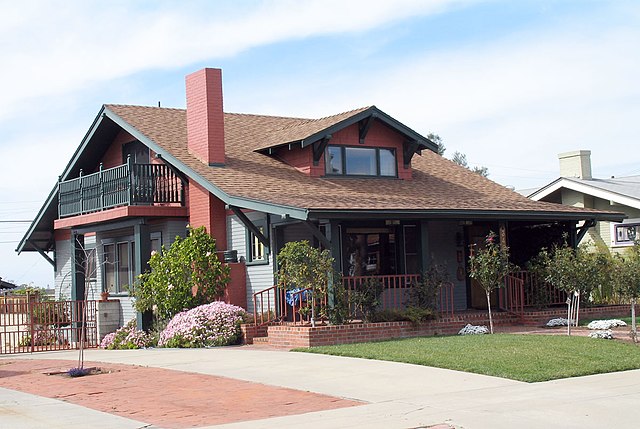The American Craftsman style, which originated in the late 19th and early 20th centuries, has had a profound influence on modern design. This movement emerged as a reaction to the industrialization and mass production of the time, emphasizing craftsmanship, simplicity, and a connection to nature. The enduring principles of the American Craftsman style continue to shape contemporary design in various ways:
-
Emphasis on Craftsmanship:
- The Craftsman style places a strong emphasis on handmade and artisanal craftsmanship. In modern design, there is a renewed appreciation for the skill of craftsmen and a desire for unique, custom-made pieces. Handcrafted furniture, decorative elements, and bespoke details are sought after in contemporary interiors.

- The Craftsman style places a strong emphasis on handmade and artisanal craftsmanship. In modern design, there is a renewed appreciation for the skill of craftsmen and a desire for unique, custom-made pieces. Handcrafted furniture, decorative elements, and bespoke details are sought after in contemporary interiors.
-
Use of Natural Materials:
- Craftsman architecture favors the use of natural materials such as wood, stone, and glass. Modern designers continue to embrace these materials, appreciating their authenticity and sustainability. The incorporation of natural elements in both residential and commercial spaces is a common feature of modern design influenced by the Craftsman style.
-
Simple and Functional Design:
- The Craftsman style is characterized by clean lines, uncluttered spaces, and a lack of unnecessary ornamentation. These principles resonate with the modern design ethos of simplicity, functionality, and minimalism. Clean lines and a focus on essential elements are prevalent in contemporary architecture and interior design.
-
Open Floor Plans:
- Craftsman homes often featured open floor plans that allowed for a seamless flow between rooms. This concept has been embraced in modern design, where open layouts are popular for creating spacious and interconnected living spaces. The removal of walls to promote a sense of openness reflects the Craftsman influence.
-
Attention to Detail:
- Craftsman architecture is known for its meticulous attention to detail, including exposed rafters, built-in furniture, and decorative woodwork. Modern designers often incorporate similar details, showcasing a commitment to craftsmanship and aesthetics. Intricate detailing, whether in architectural elements or interior furnishings, is a nod to the Craftsman style.
-
Connection to Nature:
- Craftsman homes often sought a harmonious connection to the natural environment. This influence can be seen in modern design through the integration of large windows, outdoor living spaces, and a focus on sustainable and eco-friendly design practices. Bringing the outdoors inside and fostering a connection to nature are key aspects of both styles.
-
Cultural Heritage and Regionalism:
- Craftsman architecture often drew inspiration from regional styles and local building traditions. In modern design, there is a growing interest in incorporating cultural heritage and regional influences. Designers may draw inspiration from local aesthetics and traditional craftsmanship, creating spaces that reflect a sense of place.
In summary, the American Craftsman style continues to shape modern design by influencing preferences for craftsmanship, natural materials, simplicity, open layouts, attention to detail, a connection to nature, and a respect for cultural and regional influences. The enduring principles of the Craftsman movement resonate with contemporary designers and homeowners seeking a timeless and authentic design aesthetic.









